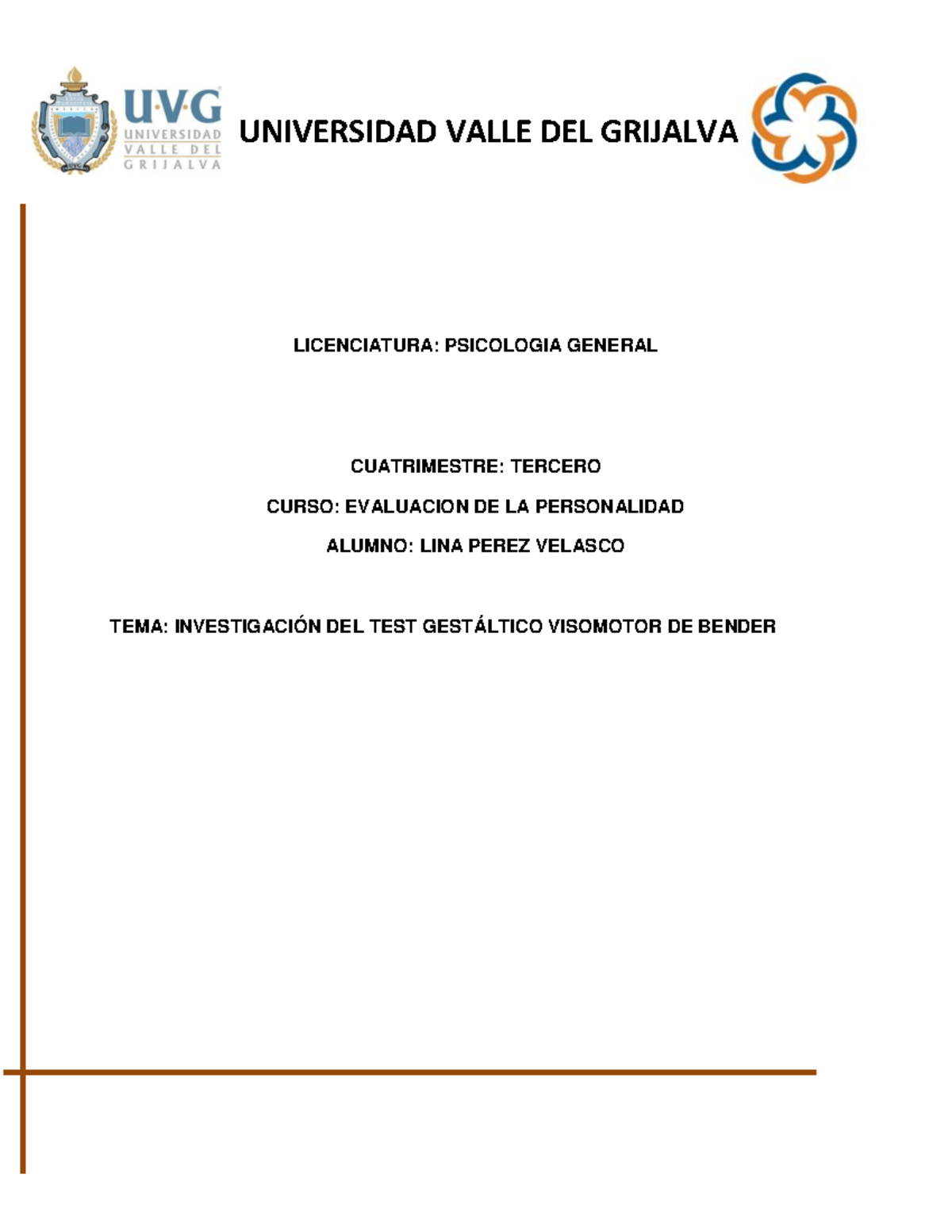

When multiplying two matrices, the resulting matrix will have the same number of rows as the first matrix, in this case A, and the same number of columns as the second matrix, B. The dot product of row 1 of A and column 2 of B will be c 1,2 of matrix C, and so on, as shown in the example below: A = For example, when you perform the dot product of row 1 of A and column 1 of B, the result will be c 1,1 of matrix C. The dot product is performed for each row of A and each column of B until all combinations of the two are complete in order to find the value of the corresponding elements in matrix C.

This is referred to as the dot product of row 1 of A and column 1 of B:Ī 1,1×b 1,1 + a 1,2×b 2,1 + a 1,3×b 3,1 = c 1,1 For example, from the section above of matrices that can be multiplied, the blue row in A is multiplied by the blue column in B to determine the value in the first column of the first row of matrix C. The dot product then becomes the value in the corresponding row and column of the new matrix, C. This is why the number of columns in the first matrix must match the number of rows of the second. The dot product can only be performed on sequences of equal lengths. The dot product involves multiplying the corresponding elements in the row of the first matrix, by that of the columns of the second matrix, and summing up the result, resulting in a single value. If the matrices are the correct sizes, and can be multiplied, matrices are multiplied by performing what is known as the dot product. In fact, just because A can be multiplied by B doesn't mean that B can be multiplied by A. Note that when multiplying matrices, A × B does not necessarily equal B × A. For example, you can multiply a 2 × 3 matrix by a 3 × 4 matrix, but not a 2 × 3 matrix by a 4 × 3. In order to multiply two matrices, the number of columns in the first matrix must match the number of rows in the second matrix. Multiplying two (or more) matrices is more involved than multiplying by a scalar. For example, given a matrix A and a scalar c: A = Matrices can be multiplied by a scalar value by multiplying each element in the matrix by the scalar. If the matrices are the same size, then matrix subtraction is performed by subtracting the elements in the corresponding rows and columns: A = Like matrix addition, the matrices being subtracted must be the same size. If necessary, refer to the information and examples above for a description of notation used in the example below. Matrix subtraction is performed in much the same way as matrix addition, described above, with the exception that the values are subtracted rather than added. Adding the values in the corresponding rows and columns: a 1,1 + b 1,1 = 1 + 5 = 6 = c 1,1 We add the corresponding elements to obtain c i,j. For example, given two matrices, A and B, with elements a i,j, and b i,j, the matrices are added by adding each element, then placing the result in a new matrix, C, in the corresponding position in the matrix: A = If the matrices are the same size, matrix addition is performed by adding the corresponding elements in the matrices. The number of rows and columns of all the matrices being added must exactly match. You cannot add a 2 × 3 and a 3 × 2 matrix, a 4 × 4 and a 3 × 3, etc. For example, you can add two or more 3 × 3, 1 × 2, or 5 × 4 matrices. This means that you can only add matrices if both matrices are m × n. Matrix addition can only be performed on matrices of the same size. Below are descriptions of the matrix operations that this calculator can perform. Matrix operations such as addition, multiplication, subtraction, etc., are similar to what most people are likely accustomed to seeing in basic arithmetic and algebra, but do differ in some ways, and are subject to certain constraints. For example, given a i,j, where i = 1 and j = 3, a 1,3 is the value of the element in the first row and the third column of the given matrix. When referring to a specific value in a matrix, called an element, a variable with two subscripts is often used to denote each element based on its position in the matrix. This means that A has m rows and n columns. The dimensions of a matrix, A, are typically denoted as m × n. Matrices are often used in scientific fields such as physics, computer graphics, probability theory, statistics, calculus, numerical analysis, and more. A matrix, in a mathematical context, is a rectangular array of numbers, symbols, or expressions that are arranged in rows and columns.


 0 kommentar(er)
0 kommentar(er)
